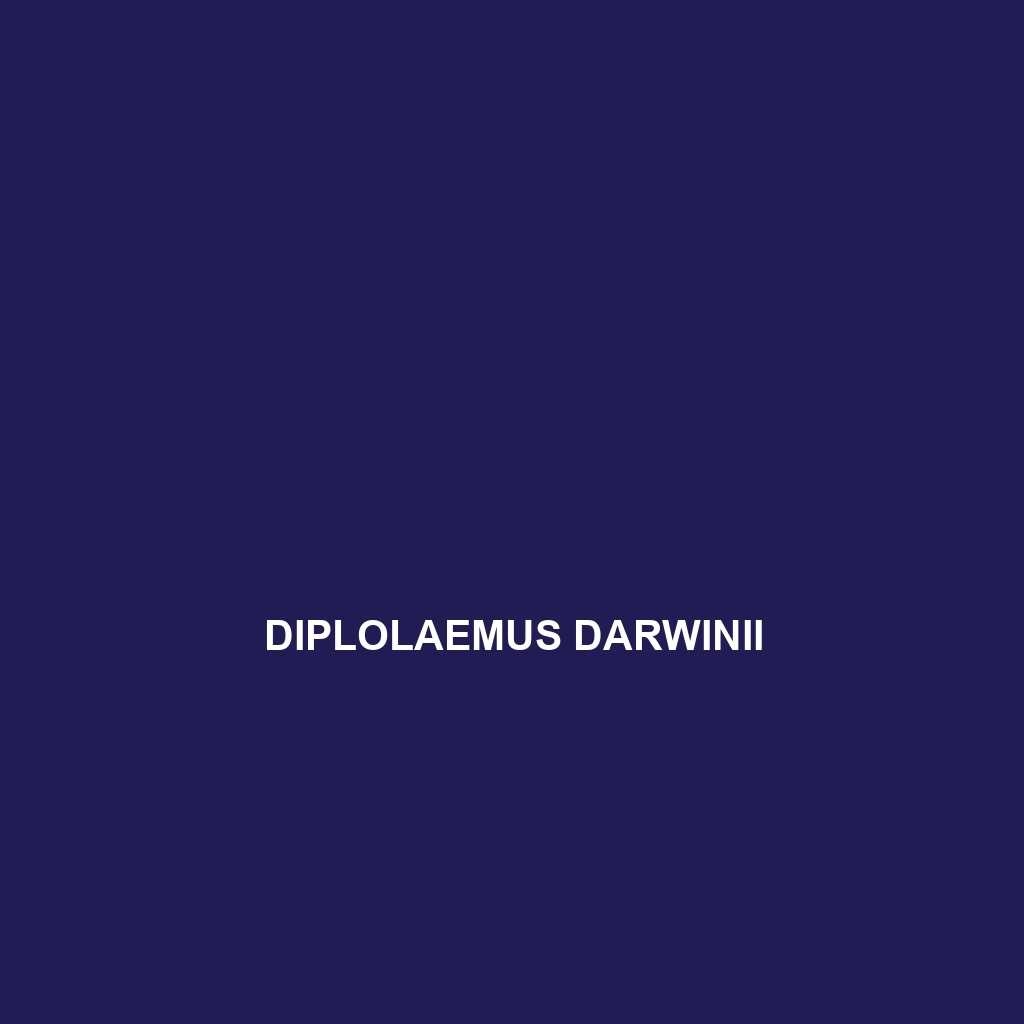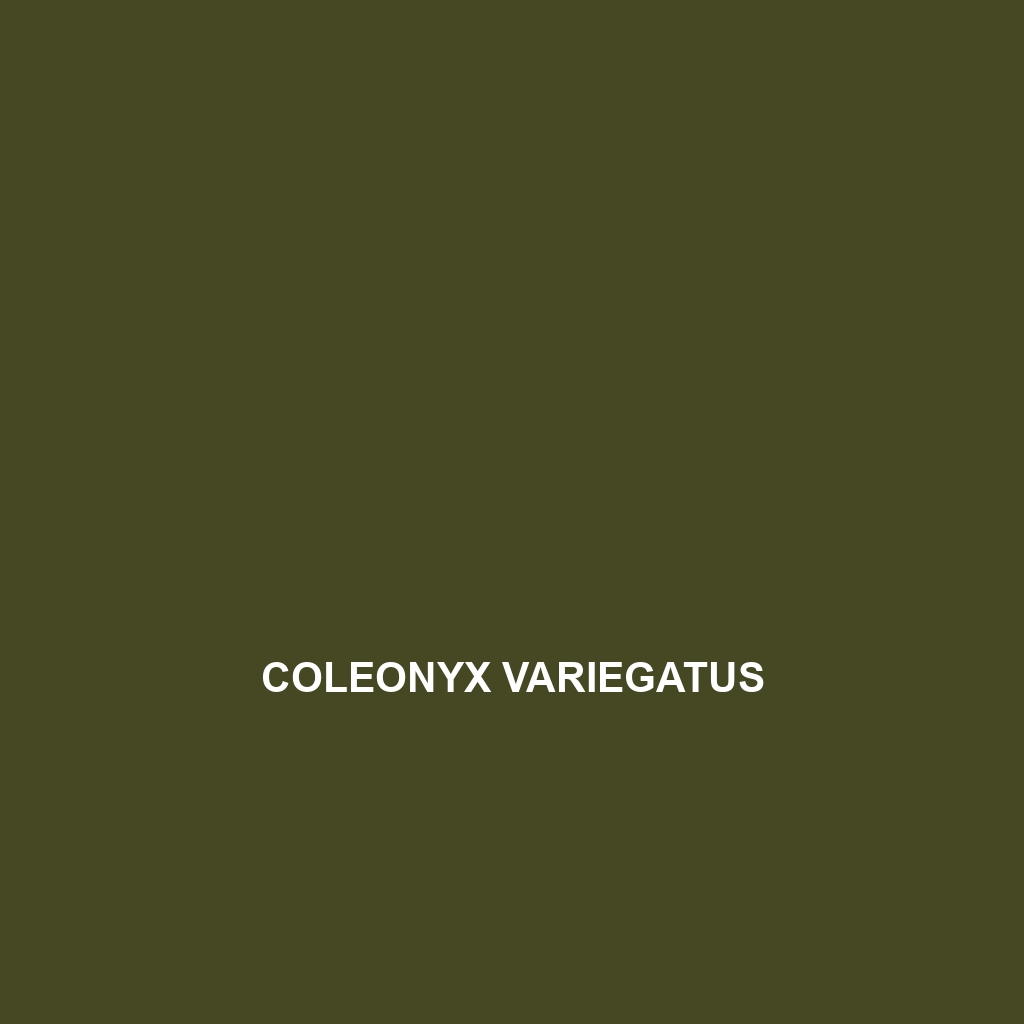Experience the unique Laudakia melanura, also known as the black-tailed agama, a fascinating lizard thriving in arid regions of Central Asia. With distinct coloration, exceptional climbing abilities, and a diverse diet mainly consisting of insects, this species plays a vital role in its ecosystem while showcasing intriguing behaviors and adaptations.
Tag: scrubland ecosystems
Eryx somalicus
The Eryx somalicus, or Somali sand boa, is a robust and nocturnal snake found in arid regions of Somalia, Ethiopia, and Kenya, measuring 60 to 90 cm in length. Known for its distinctive light tan or yellow coloration with dark blotches, this carnivorous species primarily preys on small mammals and plays a crucial role in maintaining local ecosystem balance.
Diplolaemus darwinii
Diplolaemus darwinii, a vibrant medium-sized lizard found in the sandy coastal regions and shrublands of South America, particularly Argentina and Chile. Known for its coloration and diurnal basking behavior, this species plays a crucial role in its ecosystem by controlling insect populations and supporting biodiversity.
Coleonyx variegatus
Introducing Coleonyx variegatus, or the Western Banded Gecko, a nocturnal species native to the arid regions of the southwestern United States and Mexico, recognized for its striking banding pattern and role as an important predator in its ecosystem. This slender gecko measures 7 to 10 inches and thrives in rocky, sandy habitats, feeding primarily on insects and exhibiting fascinating social behaviors.



